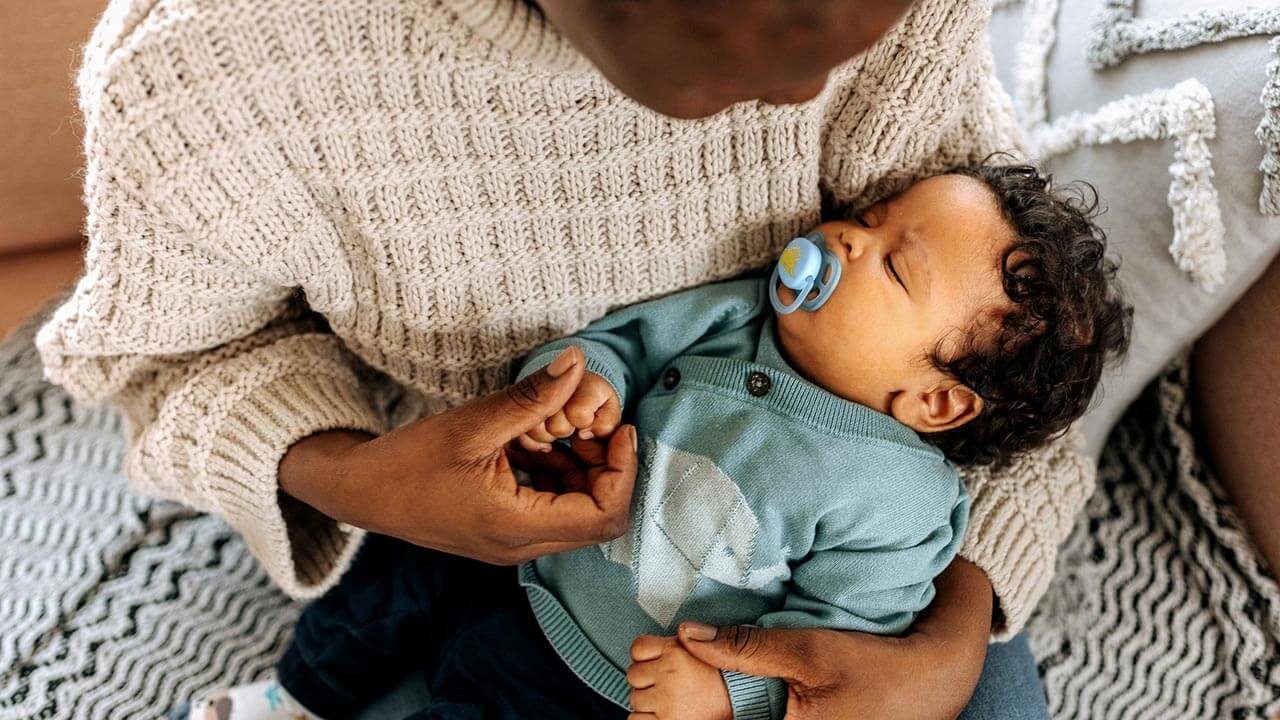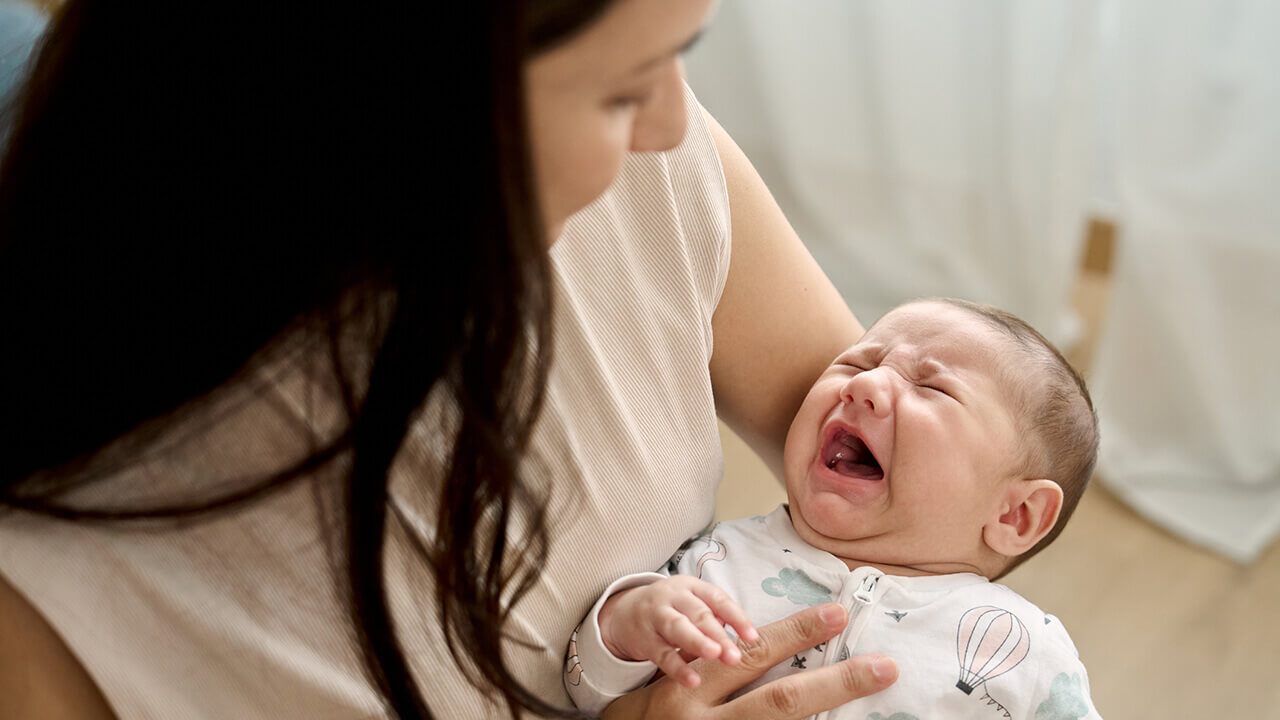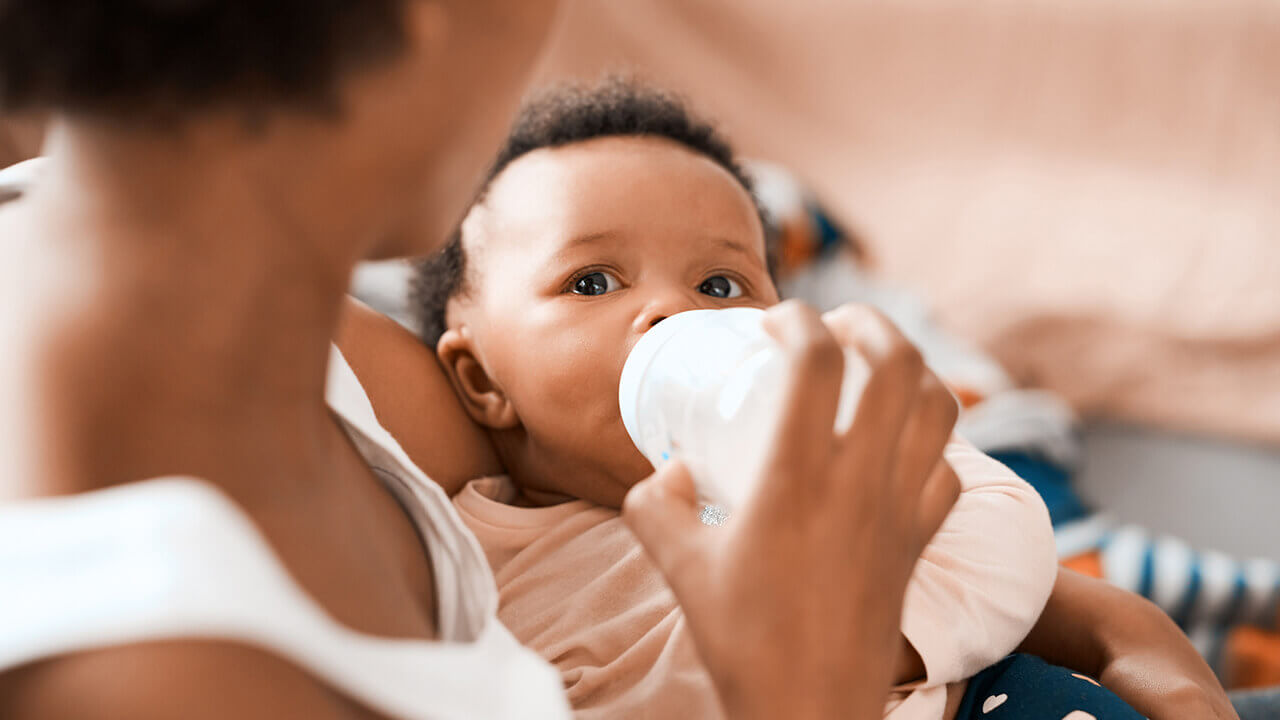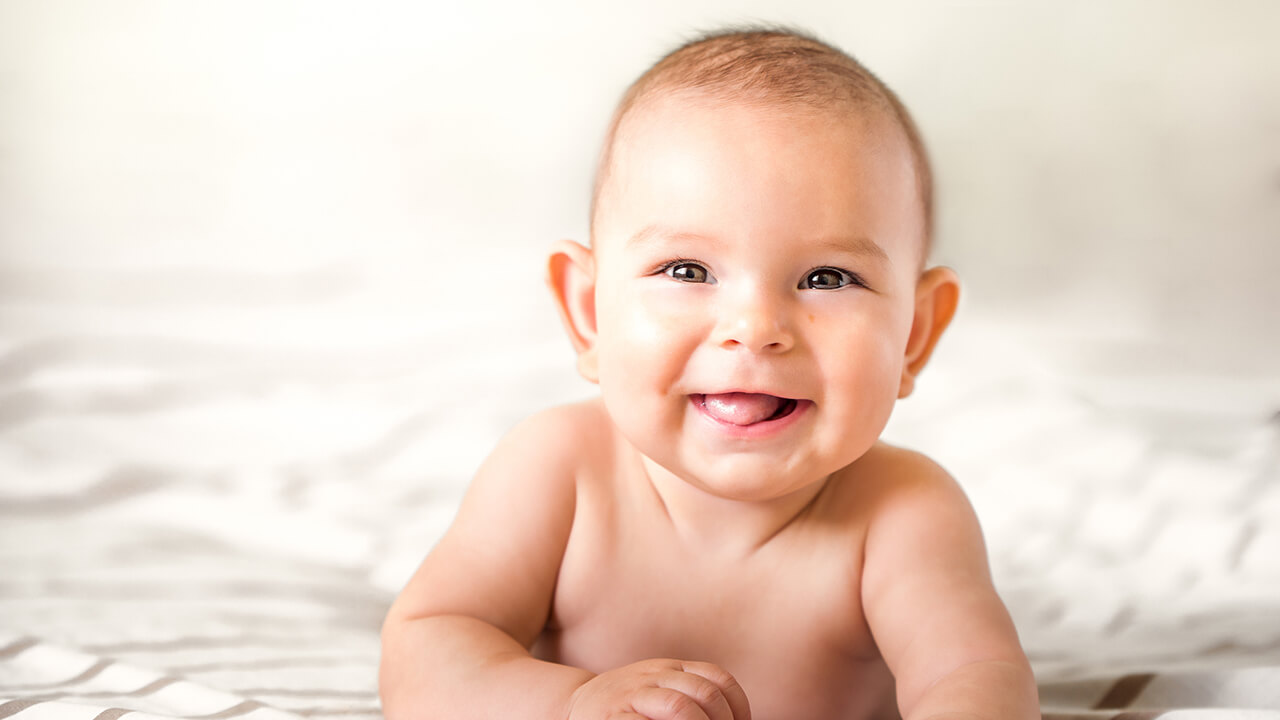

It’s important to know that thumb sucking and using pacifiers are both normal for babies and young children. Sucking is a natural action and using a pacifier or thumb sucking only an issue when the habit continues as the child grows up. It’s also important to know that some children take to one or the other while some kids don’t desire either. If your child sucks their finger or uses a pacifier, at some point, the questions become: how much is too much, when is the time to stop and how we do stop it?
How to avoid creating a pacifier habit
- Limit your child’s use of a pacifier. Don’t allow them to have the pacifier all the time.
- Think about pacifiers as “transitional objects” to help transition from wakefulness to sleep or through a stressful situation.
- If you’re breastfeeding, wait to introduce a pacifier until breastfeeding is established at 3 to 4 weeks of age.
- Check on your child 15 minutes after falling asleep. If they haven’t spit out the pacifier, remove it.
- If you use pacifiers in the car, put the pacifier away when the car ride is over.
Pacifiers and safety
It’s tempting, but avoid tying or clipping a pacifier to a crib or to your child’s clothes, etc. The string or wrap that’s connecting the pacifier to your child or the object can cause strangle your child or cause serious injury.
How to wean off pacifiers
Simply dispose of all of them. Again, don’t keep any around “just in case.” If or when your child asks for them, let your child know they’re “all gone.”
Habits like sucking on a pacifier can normally be broken in three days, so parents may choose to do this during a weekend when you have a more flexibility with work or day care schedules.
Thumb sucking
85 percent of thumb suckers will stop sucking their finger by the time they are 3 and a half. Until then, it’s okay and recommended to simply ignore your child’s thumb sucking. Some children will suck their thumb just to get their parent’s attention. Instead of giving them negative attention when they’re sucking their finger, praise them and give them positive attention on days or times when they are not sucking their thumb.
When to stop thumb sucking
The main concern with thumb sucking is the effect on their permanent teeth. If your child is still sucking their thumb when they begin to lose their baby teeth, talk to your child’s doctor or dentist. They can give you some tips based on your child’s situation. There are some thumb guards sold in stores or online that work well, and if needed, dentists or orthodontists can also place an appliance in the child’s mouth to prevent thumb sucking.



